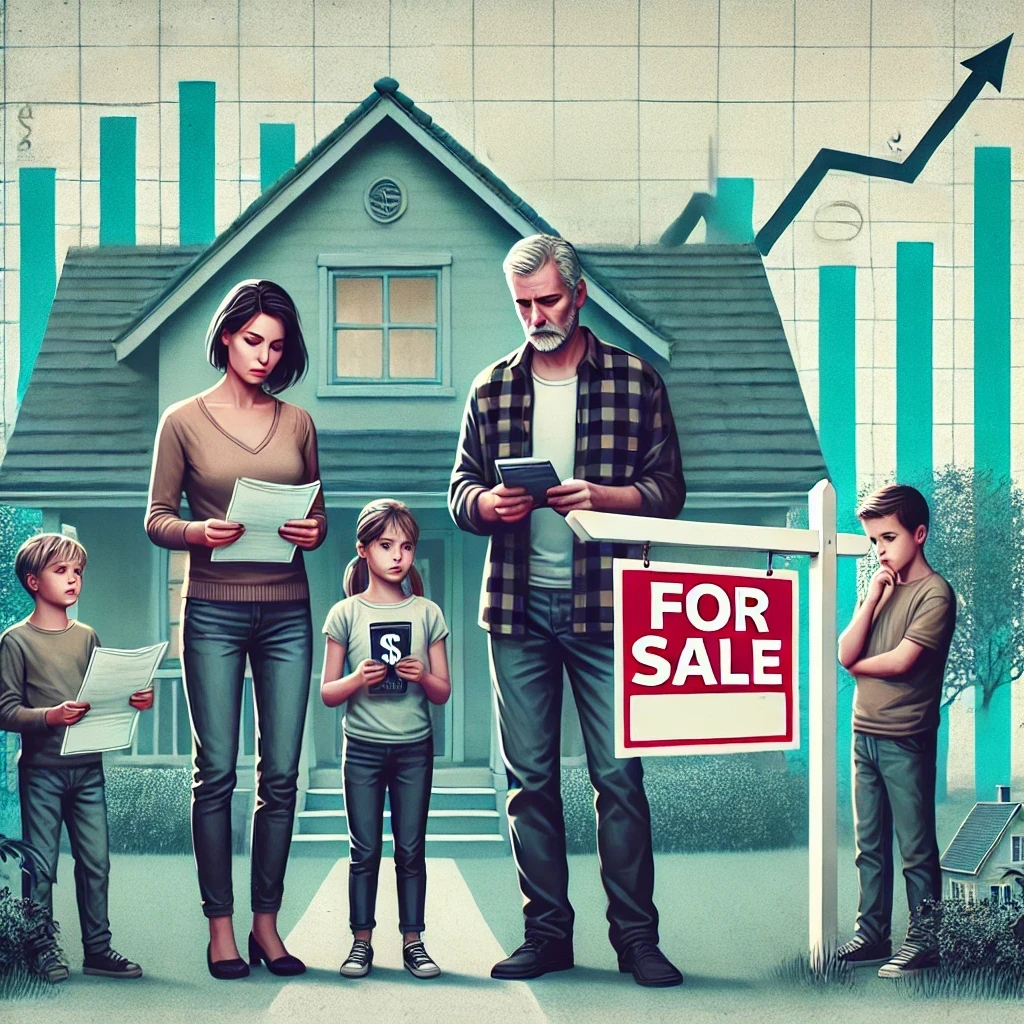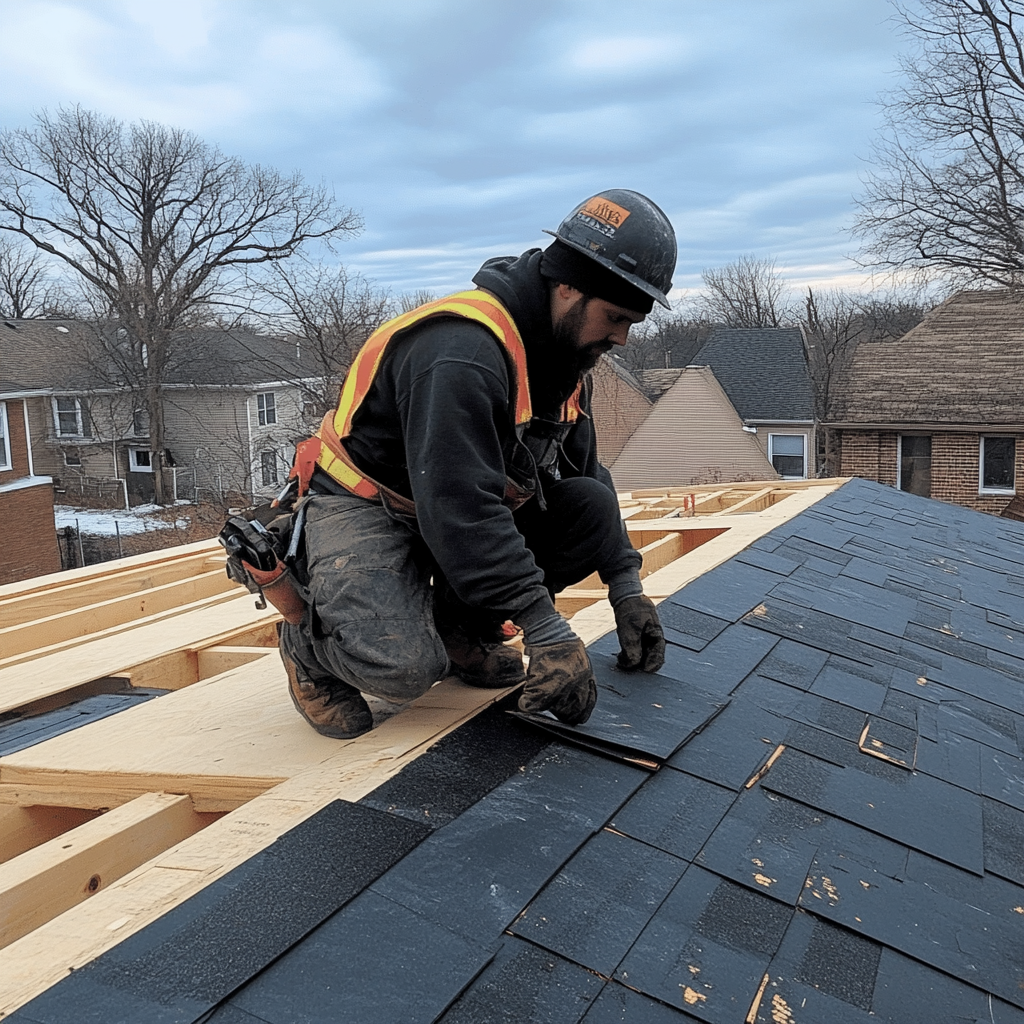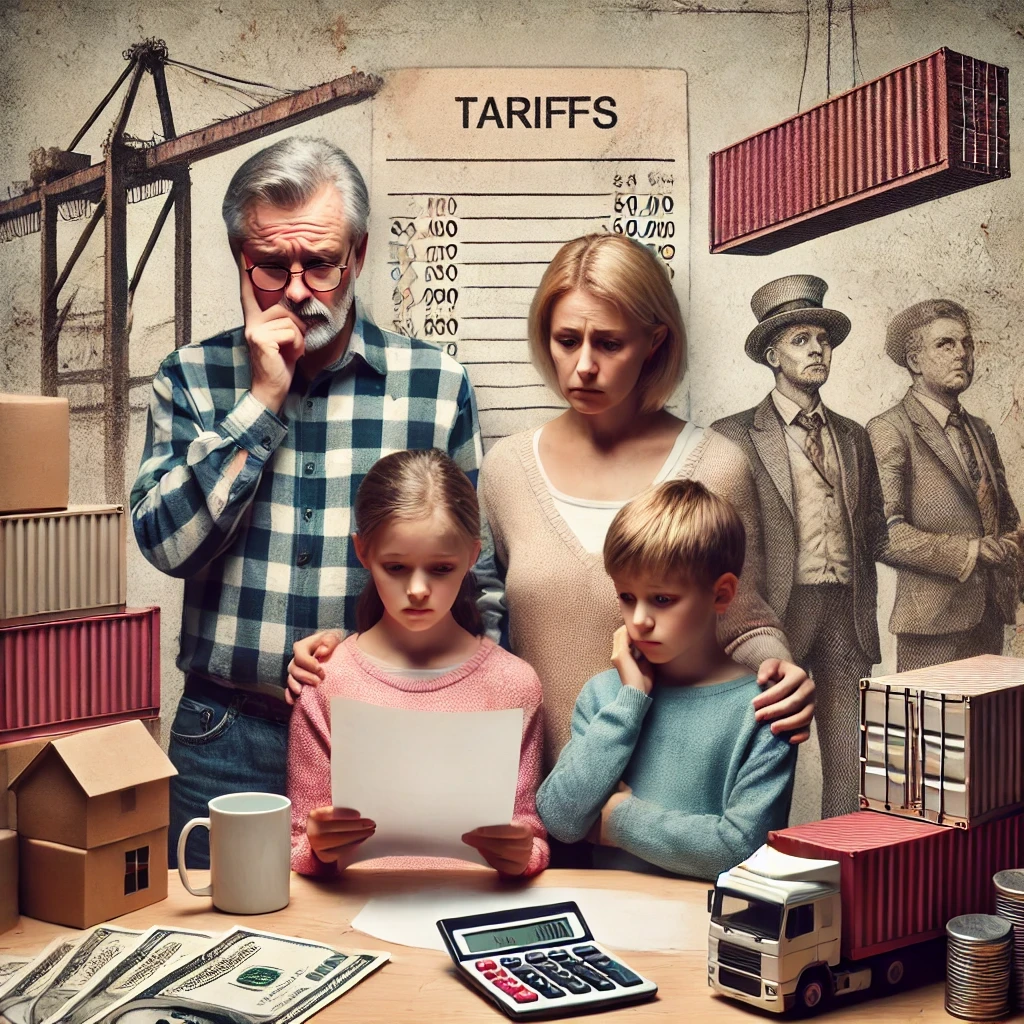The middle class in the United States has long been the backbone of the economy, but as economic pressures continue to mount, it’s becoming increasingly clear that the future may not be as financially secure for them as it once was. Here are the top 10 things the middle class may struggle to afford in the next 10 years, with consideration of how tariffs and deportation policies could play a role.

1. Homeownership
Rising housing prices have already made buying a home difficult for many, but in the coming years, homeownership could become even more elusive. If large-scale deportations of undocumented workers occur, the construction industry will face higher labor costs, driving up the cost of building new homes. Increased tariffs on imported construction materials would also make housing more expensive, putting homeownership even further out of reach.

2. College Education
The cost of higher education has been climbing for decades, and it doesn’t show signs of slowing down. While deportation and tariffs don’t directly impact tuition, economic ripple effects could still play a role. Undocumented immigrants are taxpayers too and collectively contribute an estimated $11.74 billion to state and local coffers each year via a combination of sales and excise, personal income, and property taxes.

3. Healthcare
Healthcare costs are a significant burden for many families today, and they’re expected to keep rising. If tariffs are applied to imported medical equipment and supplies, expenses would increase further, making healthcare even more out of reach for many middle-class families.

4. Retirement
Saving for retirement is already a challenge, and economic instability could make it harder. Rising costs from tariffs on goods and services that affect everyday expenses may make it more difficult for families to set aside money for the future. Additionally, if labor markets shrink due to deportation policies, wage growth could stagnate, impacting savings potential.

5. Quality Childcare
The cost of daycare and early childhood education continues to soar. Deporting undocumented workers, many of whom are employed in childcare roles, could reduce the availability of affordable options. This would increase demand and drive up prices, making quality care a luxury for many middle-class families.

6. Groceries
Food prices have already been affected by inflation, and they could climb even higher. The deportation of undocumented farmworkers, who make up a large part of the agricultural workforce, would lead to reduced food production, especially for labor-intensive crops like fruits and vegetables. Tariffs on imported food products and storage containers would further drive up prices, leaving families with fewer affordable, healthy food choices.

7. Travel and Vacations
Travel has become more expensive due to rising fuel costs and accommodation prices. Tariffs on imported goods used in the travel industry, like airplane parts and automotive components, could push these prices higher. Additionally, labor shortages in the hospitality sector, if exacerbated by deportation, may lead to reduced services and higher costs, making vacations a rare treat for the middle class.

8. Cars
The cost of new cars, particularly electric vehicles (EVs), may remain high as the automotive industry evolves. Tariffs on imported car parts would drive up manufacturing expenses, making it harder for middle-class families to afford a reliable vehicle.

9. Home Repairs and Maintenance
The cost of maintaining a home is already high due to inflation and supply chain issues. Deporting undocumented workers, many of whom are employed in home repair and construction, could worsen labor shortages and drive up prices. If tariffs are imposed on building materials, the expense of necessary repairs would further increase, making home maintenance a serious financial burden.

10. Assisted Living and Elder Care
The cost of elder care is expected to rise significantly as demand grows. Deporting undocumented caregivers would create labor shortages, driving up wages and care costs. Tariffs on imported medical supplies and equipment could also make assisted living facilities more expensive, putting quality elder care further out of reach for the middle class.





